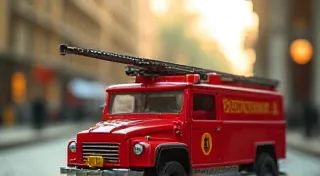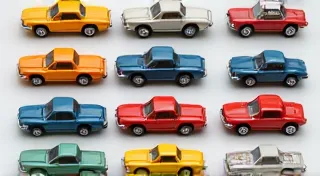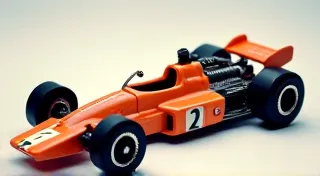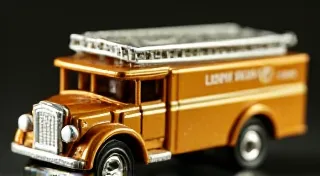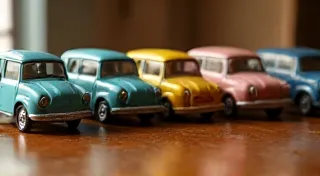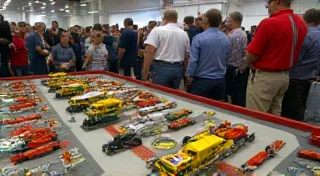Identifying Matchbox Car Variations: A Collector's Detective Work
For the serious Matchbox car collector, simply owning a 1969 Major Tom Fire Truck isn’t enough. It’s which 1969 Major Tom Fire Truck you have that truly matters. Subtle variations – changes in color, wheels, baseplates, or even the shade of red used – can dramatically impact a model’s value and desirability. Understanding these variations is a crucial skill, transforming you from a casual enthusiast into a knowledgeable detective of the miniature world.
The Importance of Detail
Matchbox Models of Yesteryear, Lesney Products (the company behind Matchbox) and later Universal Toys, weren't always consistent in their production. Changes were made frequently – sometimes due to material shortages, evolving design aesthetics, or simply to create a “new” model without completely redesigning the tooling. These alterations result in variations that are highly sought after by collectors.
Common Variation Categories
Color Changes
Perhaps the most common variation lies in the paint colors used. A 1967 Volkswagen Beetle might come in Poppy Red, Signal Orange, or later, Bonanza Brown. Even slight differences in the shade of a given color can signal a different production run or factory.
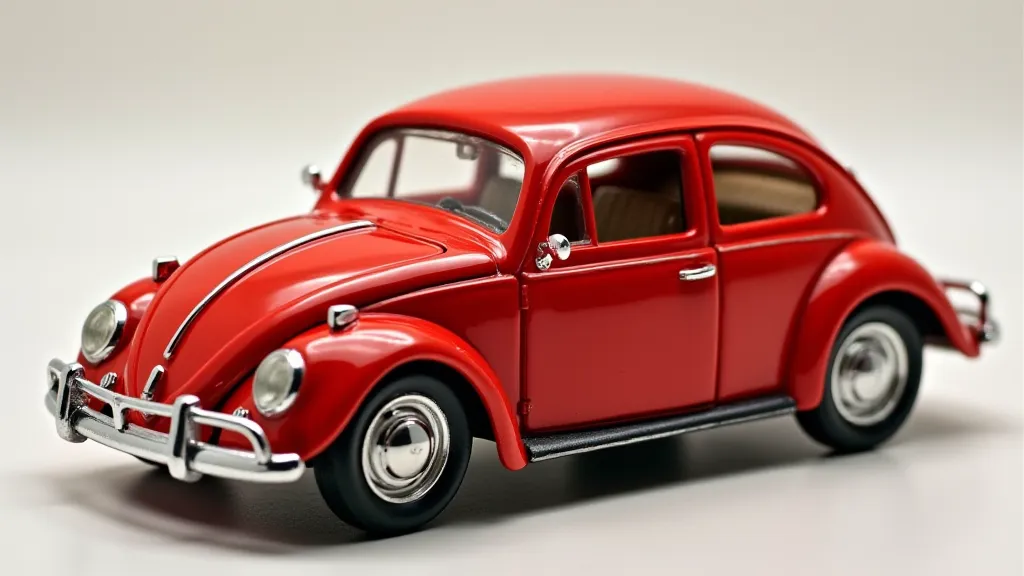
Wheel Variations
Wheels are another frequently altered feature. Early models often had different types of wheels – from slotted to split rim – each impacting value. The style and material of the wheels can change significantly over a model’s production lifespan.
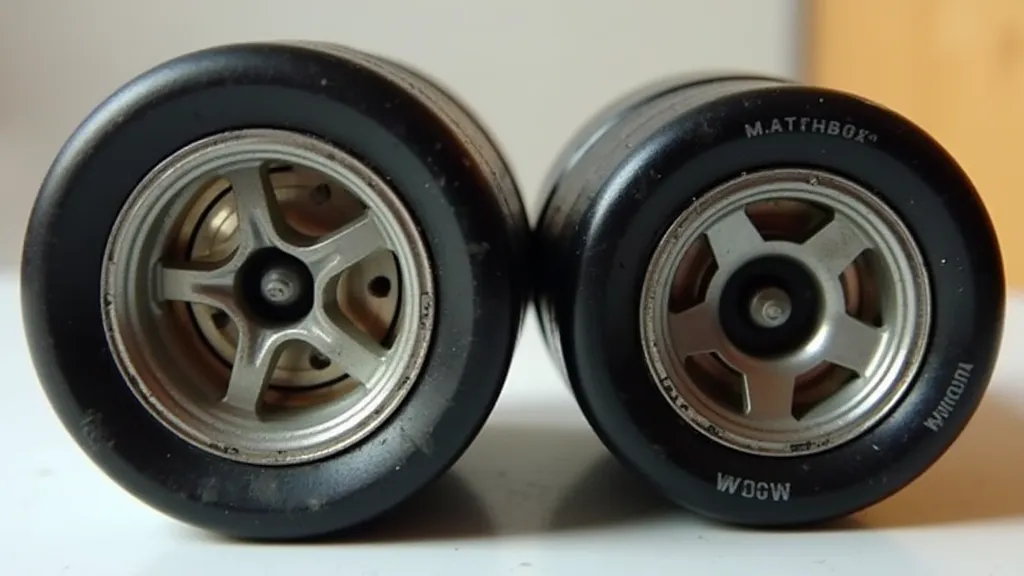
Baseplate Markings
The markings on the baseplate provide valuable clues. Look for changes in the “Made in England” or “Lesney Products” stamp. The presence or absence of a copyright symbol, or the evolution of the company name, can help pinpoint a model's production period. Early baseplates might be a different font or have a slightly different layout.
Window Colors
Don’t overlook the windows! Early models often had clear windows, while later runs might use tinted or smoke-colored windows. Even the slight tint variation can be significant.
Packaging and Cardbacks
While not technically a variation of the car itself, the packaging – the blister pack and cardback – often changes over time. Early cardbacks will have different artwork and text compared to later releases. Collectors pay close attention to these details for completeness.
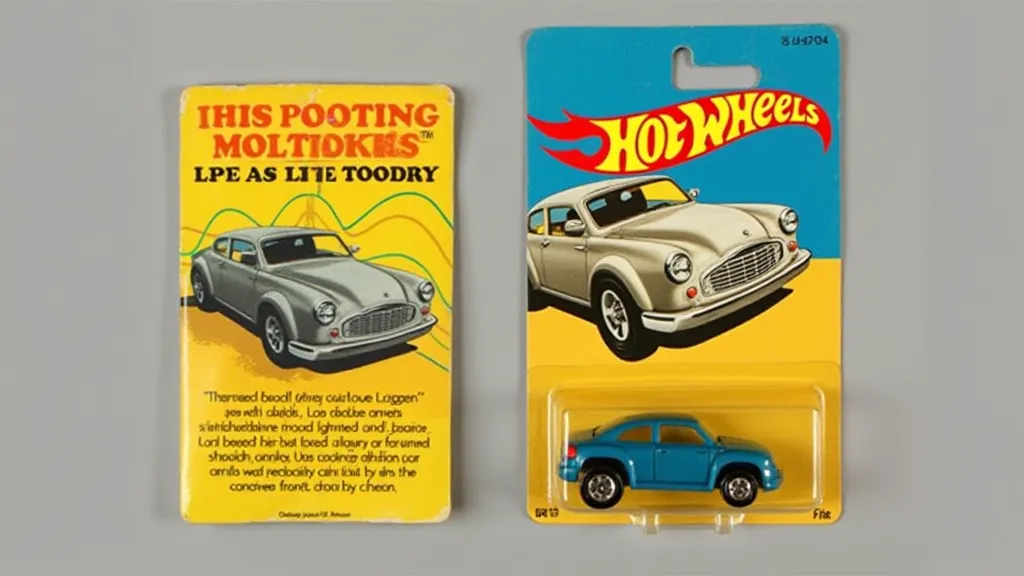
Resources for Identification
Identifying variations can be challenging! Numerous resources are available to help:
- Reference Books: There are several excellent reference books dedicated to Matchbox car variations. These books provide detailed descriptions and photographs of different versions.
- Online Forums: Online forums dedicated to Matchbox car collecting are invaluable for seeking advice and sharing information.
- Collector Clubs: Joining a local or national collector’s club provides opportunities to learn from experienced collectors.
Conclusion
Mastering the art of identifying Matchbox car variations is a rewarding journey for any collector. It transforms your collection from a simple display of miniature vehicles into a testament to your knowledge and passion. With careful observation, a good reference guide, and a little bit of detective work, you can unlock the secrets of these tiny treasures.
